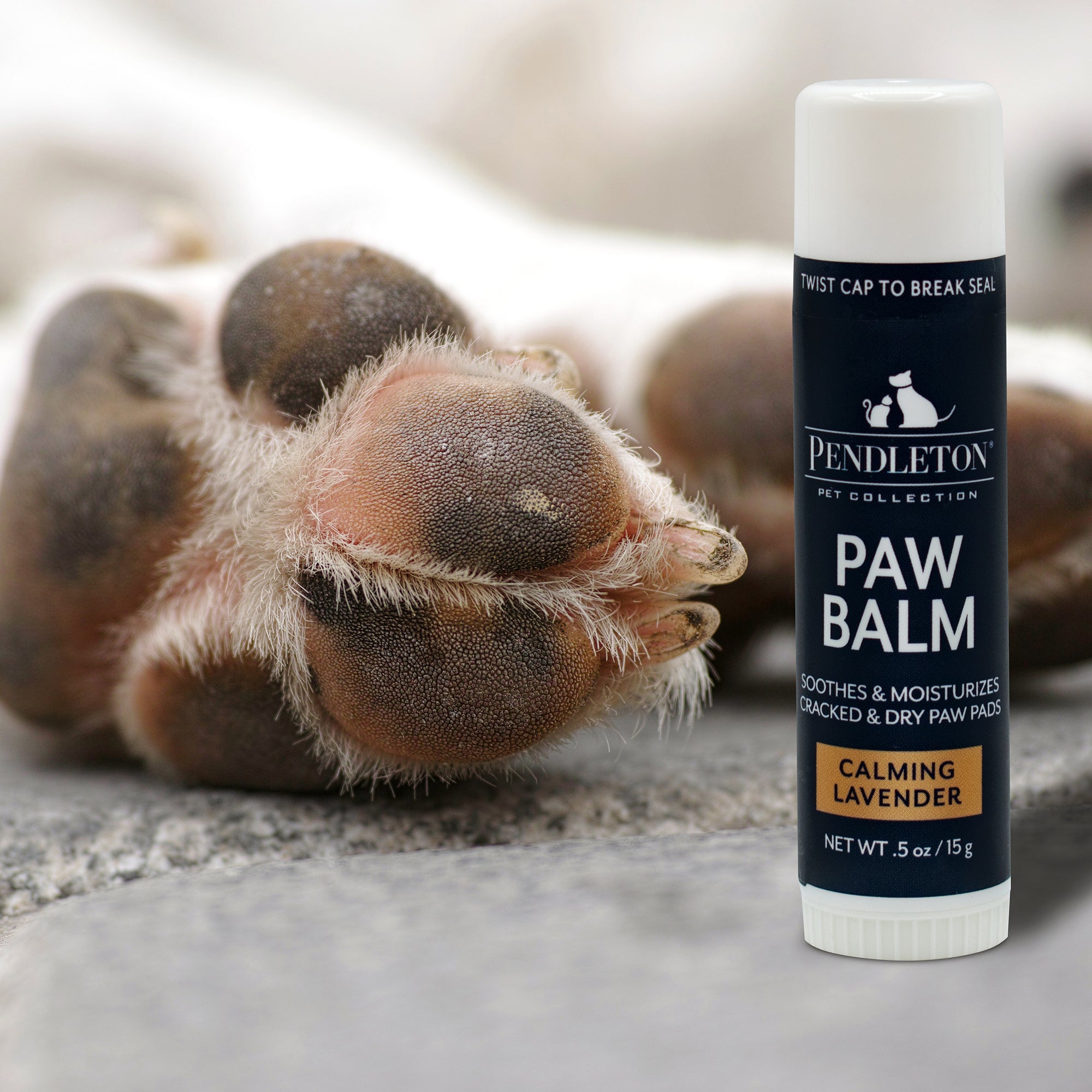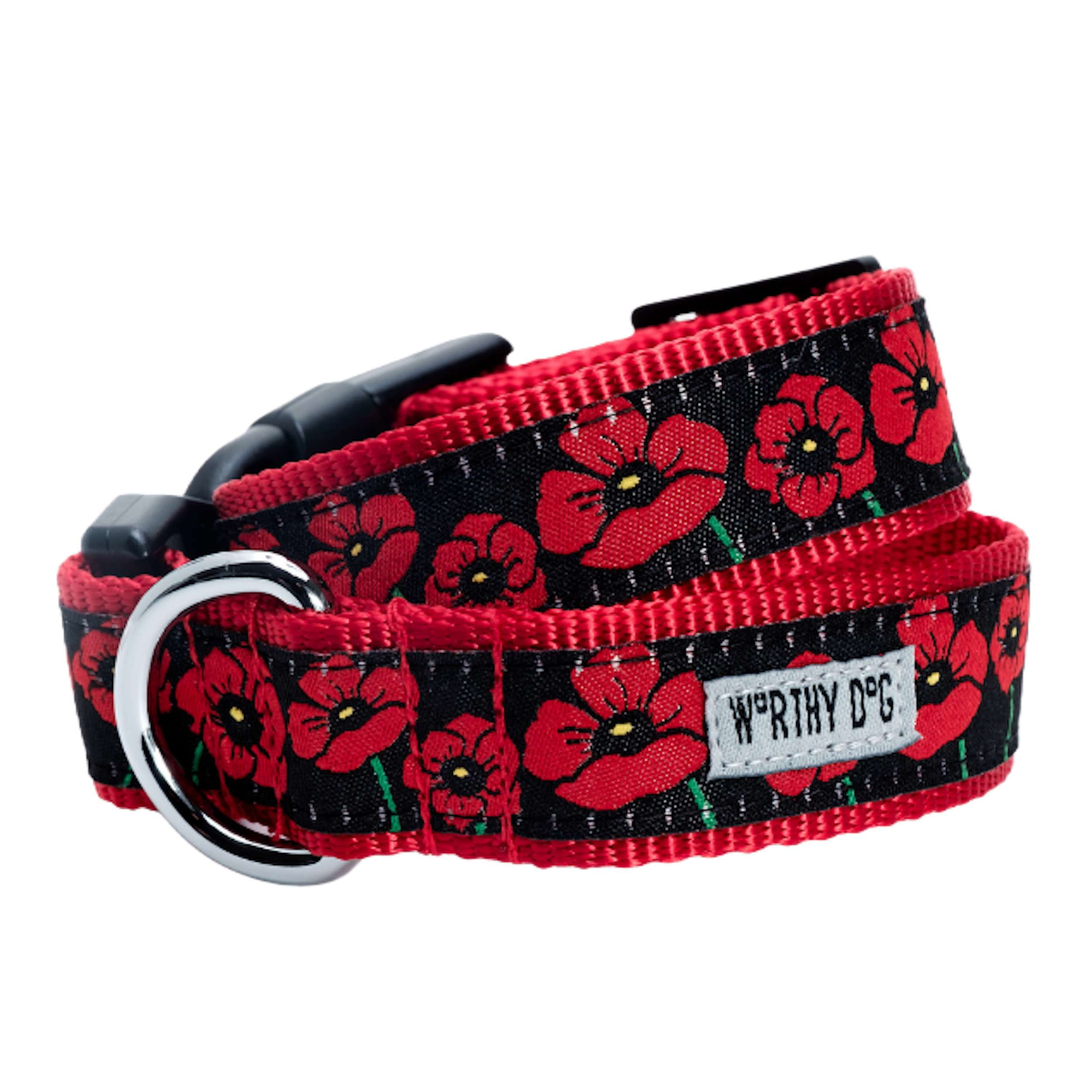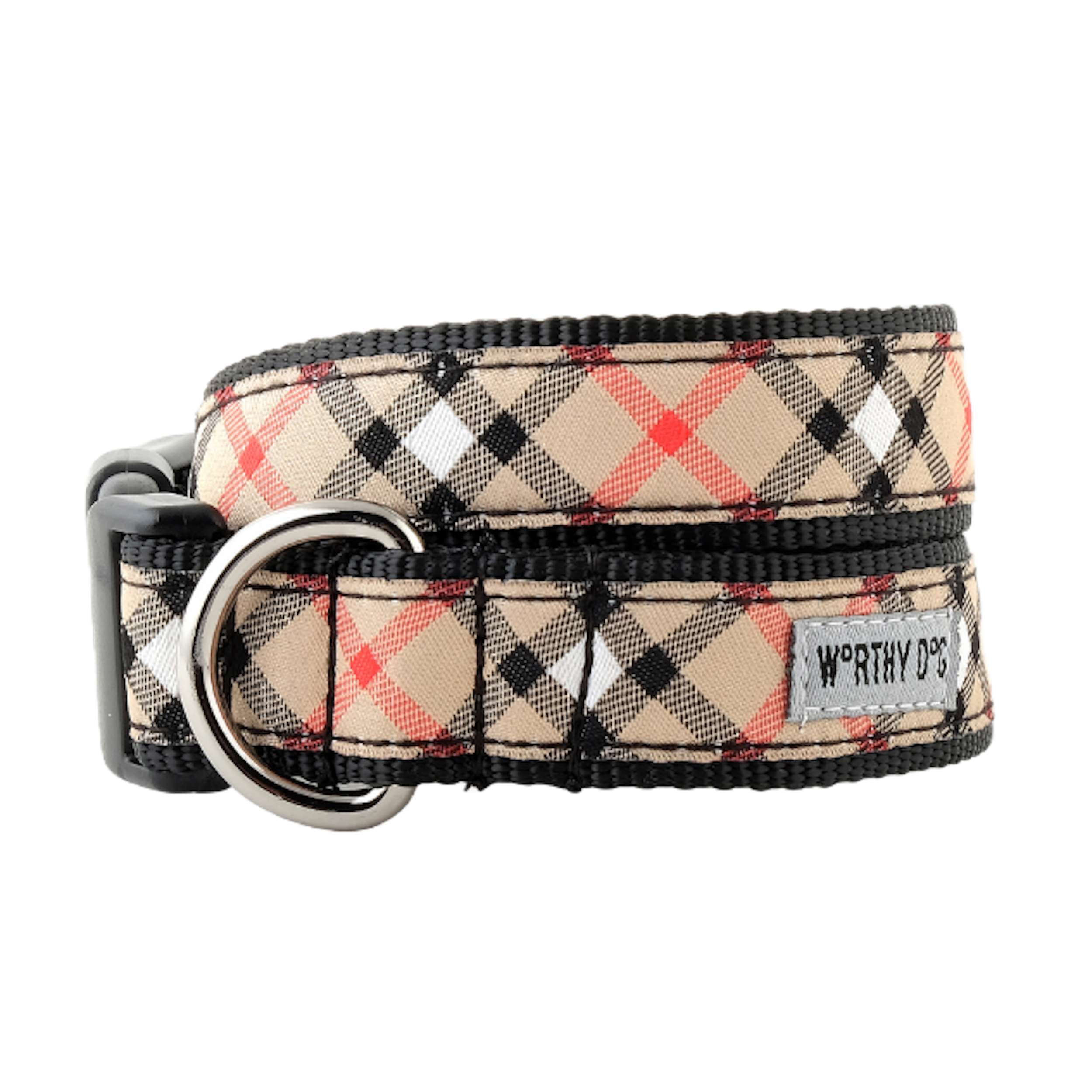Tick Safety for Dogs: How to Protect Your Furry Friend
As a dog owner, ensuring the health and well-being of your furry friend is a top priority. One of the common threats to your dog's health, especially during warmer months, is ticks. These tiny parasites can cause significant health issues, ranging from mild irritation to serious diseases. In this blog post, we'll explore the dangers of ticks, how to protect your dog, and what steps to take if you find a tick on your pet.
Understanding the Dangers of Ticks
Ticks are small, spider-like parasites that feed on the blood of animals, including dogs. They can transmit various diseases, such as:
- Lyme Disease: Caused by the bacterium Borrelia burgdorferi, Lyme disease can lead to symptoms like fever, lameness, swollen joints, and lethargy.
- Anaplasmosis: This bacterial infection can cause fever, joint pain, and low platelet count, leading to bleeding disorders.
- Ehrlichiosis: Another bacterial infection, ehrlichiosis can result in fever, weight loss, and swollen lymph nodes.
- Rocky Mountain Spotted Fever: This disease can cause symptoms like fever, joint pain, and neurological issues.
Preventing Tick Infestations
Preventing ticks from latching onto your dog is the first line of defense. Here are some effective strategies:
1. Use Tick Preventatives
There are various tick preventatives available, including topical treatments, oral medications, and tick collars. Consult your veterinarian to choose the best option for your dog.
2. Check Your Dog Regularly
After spending time outdoors, especially in wooded or grassy areas, thoroughly check your dog for ticks. Pay special attention to areas like:
- Around the ears
- Under the collar
- Between the toes
- Under the tail
- Around the groin
3. Keep Your Yard Tick-Free
Maintain your yard to reduce tick habitats. Keep grass mowed short, clear brush and leaf litter, and create a barrier between wooded areas and your lawn using wood chips or gravel.
4. Avoid Tick-Infested Areas
When possible, avoid areas known to be heavily infested with ticks, especially during peak tick season (spring and summer).
How to Safely Remove a Tick
If you find a tick on your dog, it's crucial to remove it promptly and correctly. Follow these steps:
1. Gather Supplies
You will need fine-tipped tweezers, gloves, antiseptic, and a small container with a lid (for tick disposal).
2. Remove the Tick
- Put on gloves to protect yourself.
- Using the tweezers, grasp the tick as close to the dog's skin as possible.
- Pull upward with steady, even pressure. Avoid twisting or jerking, as this can cause the mouthparts to break off and remain in the skin.
- Place the tick in the container for disposal.
3. Clean the Area
Clean the bite area with antiseptic and wash your hands thoroughly.
4. Monitor Your Dog
Keep an eye on the bite area for signs of infection, such as redness or swelling. Also, monitor your dog for symptoms of tick-borne diseases and consult your vet if any unusual signs develop.
Signs of Tick-Borne Diseases
Even with preventative measures, it's important to be aware of the signs of tick-borne diseases. Watch for:
- Fever
- Loss of appetite
- Lethargy
- Swollen joints
- Lameness
- Vomiting
- Diarrhea
- Swollen lymph nodes
If your dog exhibits any of these symptoms, contact your veterinarian immediately.
Conclusion
Tick safety is a crucial aspect of caring for your dog, especially during the warmer months when ticks are most active. By using preventatives, regularly checking your dog for ticks, and maintaining a tick-free environment, you can protect your furry friend from these pesky parasites. Remember, prompt removal of ticks and awareness of tick-borne disease symptoms are vital to ensuring your dog's health and well-being. Stay vigilant and proactive to keep your dog safe from ticks all year round.























Leave a comment